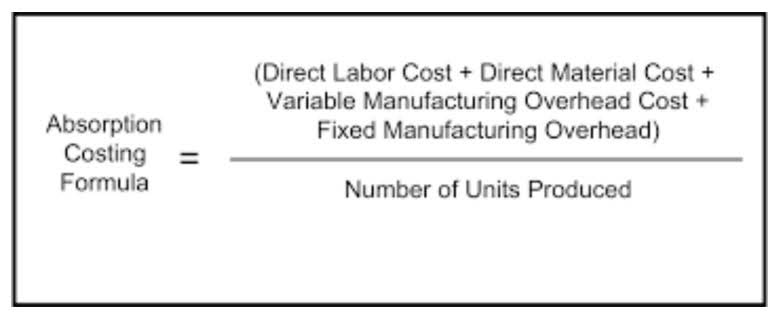Illinois Income Tax Brackets and Filing Information Explained

If you expect to owe $500 or more on April 15th, you must pay your income tax to Illinois quarterly using Form IL-1040-ES. Certain nonresidents who earned income in the state, as well as Illinois residents whose employers were located in another state, also may have to file taxes in Illinois. Read the Illinois Department of Revenue’s filing requirements for more. Finally, Illinois’ unemployment insurance (UI) tax structure also has substantial room for improvement. Currently, it is plagued by high rates, a wage base that is nearly double the federal wage base, a solvency tax, and a long experience rating qualifying period, among other shortcomings. Third-party tax preparation software, such as TurboTax and H&R Block, also supports Illinois e-filing.

Tax Year 2023 Illinois Income Tax Brackets

Chris Hutchison helped build NerdWallet’s editorial operation and has directed coverage across banking, investing, taxes and insurance. Before joining NerdWallet, he was an editor and programmer at ESPN and an editor at the San Jose Mercury News. Read on for more of what you need to know as a current or prospective Illinois taxpayer. Milwaukee Journal Sentinel, Big spending plans plus both tax cuts and increases.
New 2024 Tax Rates and Thresholds
Illinois taxpayers can file their state income tax returns electronically or by mail, with electronic filing preferred due to faster processing and built-in error checks. The Illinois Department of illinois income tax rate Revenue (IDOR) provides free online filing through the MyTax Illinois portal, which allows users to submit their IL-1040, track their return status, and make payments directly. Many taxpayers also use third-party tax software that integrates state and federal returns. Illinois makes filing state income taxes straightforward with its flat tax rate of 4.95% for all individual taxpayers. Unlike states with complex tax brackets that increase rates based on income, Illinois’s flat tax system applies the same percentage to every taxpayer, simplifying calculations and filing.
What percentage of my paycheck goes to taxes in Illinois?
This status offers a higher standard deduction and more favorable tax treatment than single filing. To qualify, the taxpayer must pay over half of household expenses and have a dependent living with them for more than half the year. You can save time and money by electronically filing your Illinois income tax directly with the . Benefits of e-Filing your Illinois tax return include instant submission, error checking, and faster refund response times.
- The standard deduction, which Illinois does not have, is a deduction that is available by default to all taxpayers who do not instead choose to file an itemized deduction.
- The Income tax rates and personal allowances in Illinois are updated annually with new tax tables published for Resident and Non-resident taxpayers.
- The 2025 standard deduction across filing statuses has also been raised from the 2024 deduction.
- View how much tax you may pay in other states based on the filing status and state entered above.
- The only exception is railroad unemployment.More information is on the Illinois Department of Revenue’s website.
Illinois taxes wages, self-employment earnings, rental income, and investments. Business owners operating as sole proprietors or in partnerships must report net profits. Rental income from Illinois properties is taxable, even if the owner lives elsewhere. Filing your Illinois state income tax doesn’t have to be overwhelming. Whether you’re a full-year resident, part-year resident, or nonresident, TurboTax is here to help simplify the process.
How much is taken out of my paycheck in Illinois?
- You also may qualify for exemptions for each dependent, further lowering taxable income.
- That was the “Fair Tax,” which voters soundly rejected in November 2020.
- Here are some key tax reduction programs in Illinois, and how to qualify.
- Illinois provides a standard Personal Exemption tax deduction of $ 2,625.00 in 2025 per qualifying filer and qualifying dependent(s), this is used to reduce the amount of income that is subject to tax in 2025.
- Our all-inclusive accounting packages provide tax preparation, and bookkeeping to fit any budget and growth stage.
- In the realm of the estate and gift tax, the basic exclusion for decedents in 2025 is $13,990,000.
Forty-four states levy a corporate income tax, with top rates ranging from a 2.25 percent flat rate in North Carolina to a 11.5 percent top marginal rate in New Jersey. Some tax rates are the same for all taxpayers (fixed rates) and some are determined by location (location-based). Click here to see the list of taxes and whether they are a fixed or location-based rate. The 2025 tax rates and thresholds for both the Illinois State Tax Tables and Federal Tax Tables are comprehensively integrated into the Illinois Tax Calculator for 2025. This tool is freely available and is designed to help you accurately estimate your 2026 tax return.

To claim these benefits, taxpayers must maintain records of eligible expenses and contributions. The K-12 credit requires receipts or invoices, while 529 plan deductions must be supported by account statements. Additional exemptions are available for taxpayers aged 65 or older and those who are legally blind, with each qualifying individual receiving an extra $1,000 exemption. Unlike federal exemptions, which were eliminated under the Tax Cuts and Jobs Act of 2017, Illinois continues to offer these deductions. Illinois also applies its flat tax system to various types of income beyond wages. Capital gains, dividends, and rental earnings are taxed at the same 4.95% rate, unlike the federal system, which differentiates between short-term and long-term capital gains.
Standard Deduction
Illinois has $13,094 accounting in state and local debt per capita and has a 51 percent funded ratio of public pension plans. Illinois’s tax system ranks 37th overall on the 2025 State Tax Competitiveness Index. Your Illinois income includes the adjusted gross income (AGI) amount figured on your federal return, plus any additional income that must be added to your AGI.
What is Illinois’ standard deduction?
The Illinois Department of Revenue (IDOR) requires filing if income exceeds the standard exemption, which is adjusted annually for inflation. Remember that Illinois may have very different deduction laws from the Federal Income Tax, so you may have to write a whole new list of deductions for your Illinois income tax return. Keep in mind that this estimator assumes all income is from wages, assumes the standard deduction, and does not account for tax credits. Technically, you don’t have just one “tax bracket” – you pay Catch Up Bookkeeping all of the Illinois marginal tax rates from the lowest tax bracket to the tax bracket in which you earned your last dollar.
